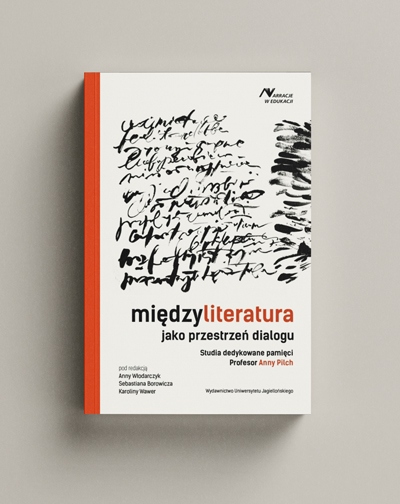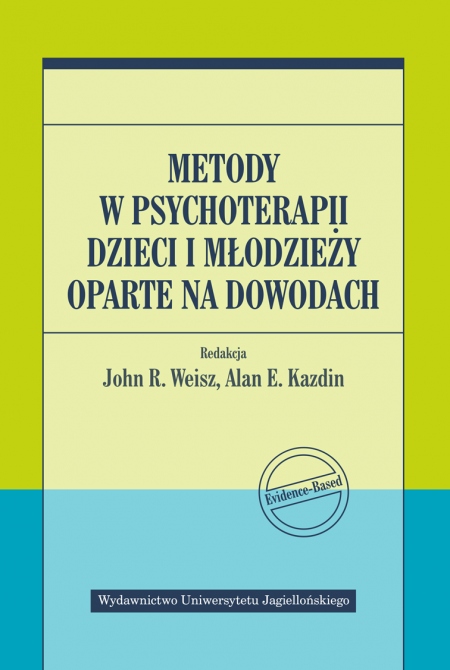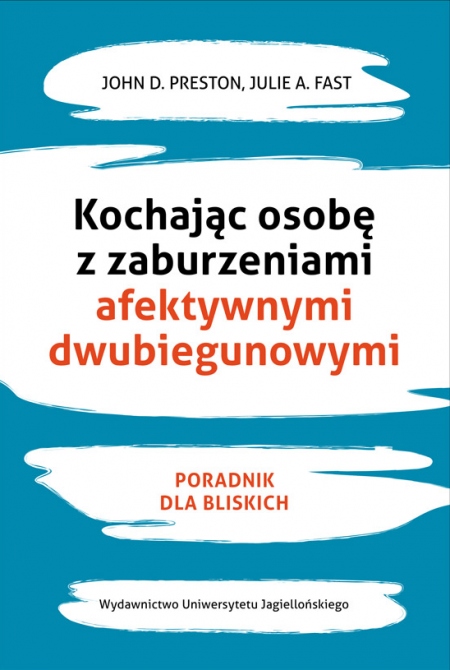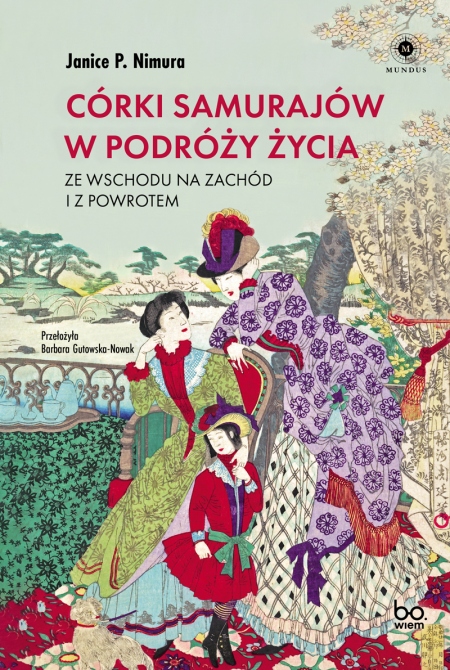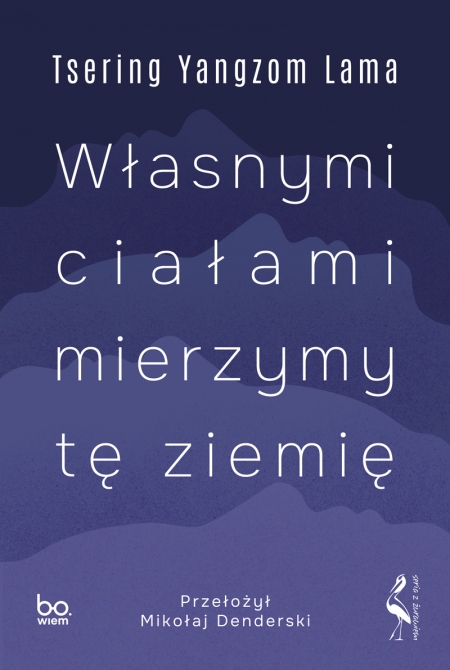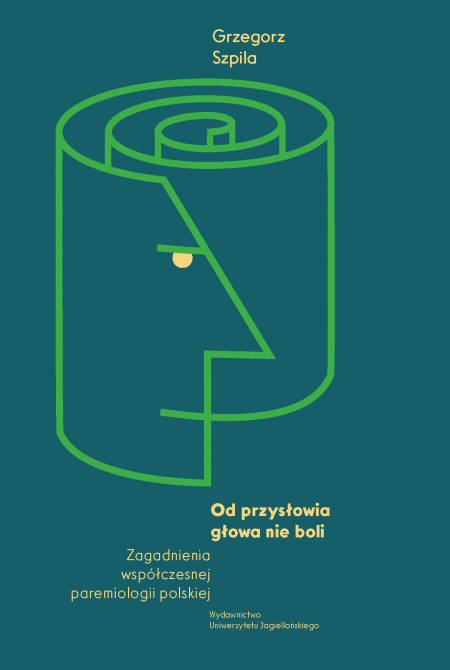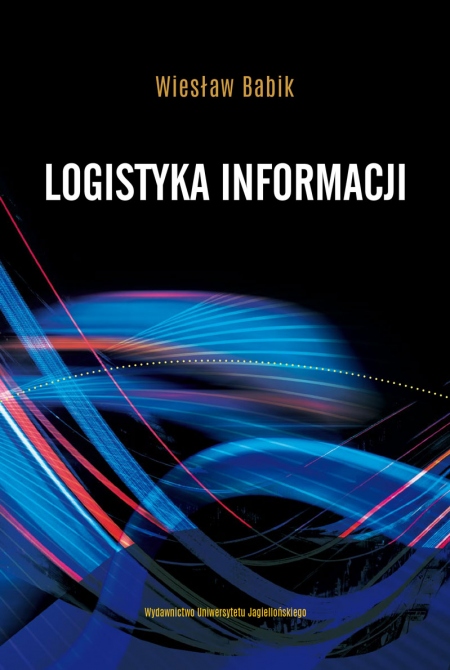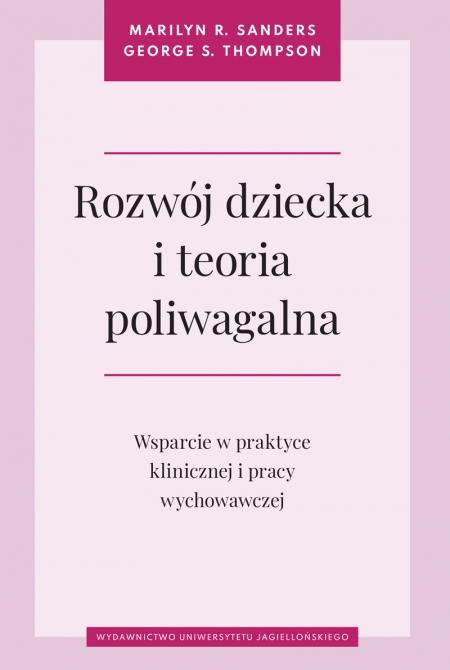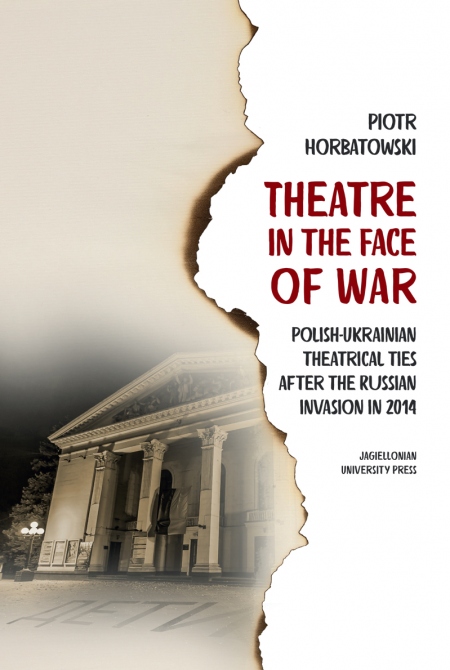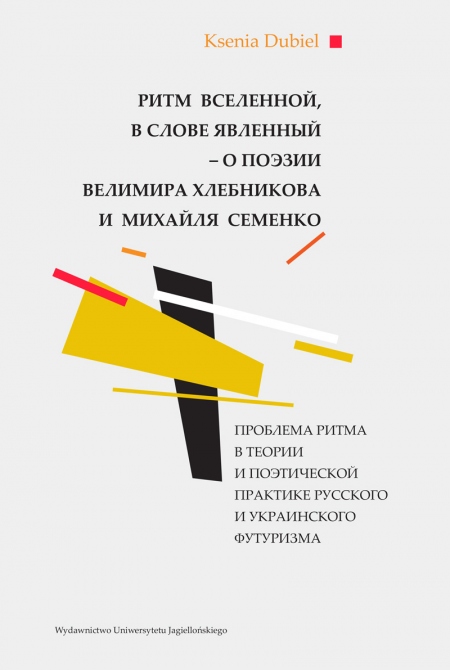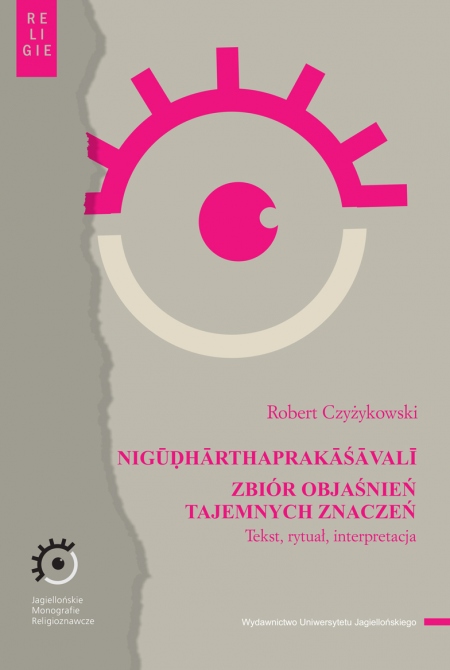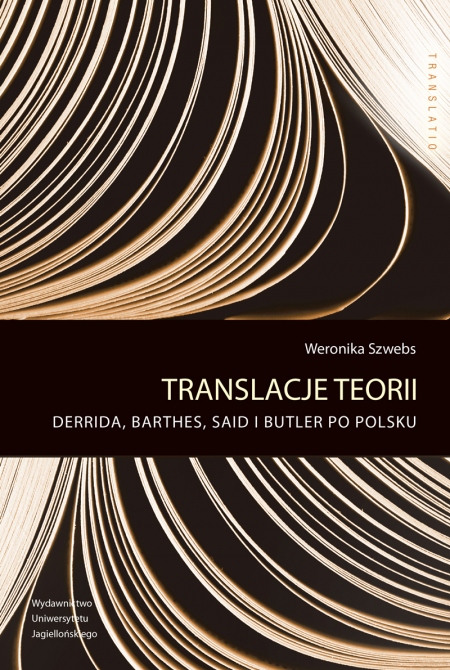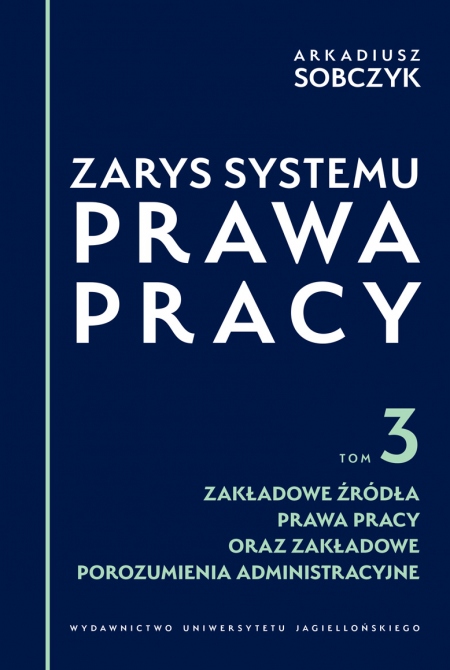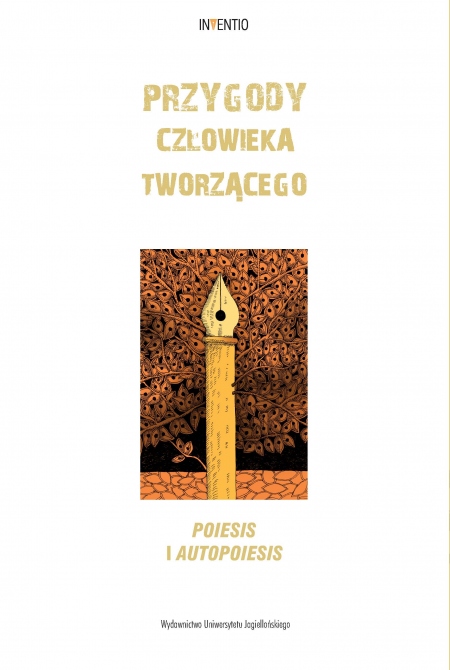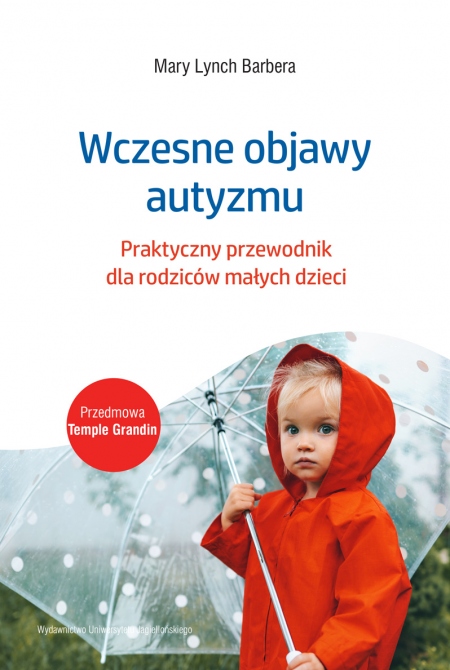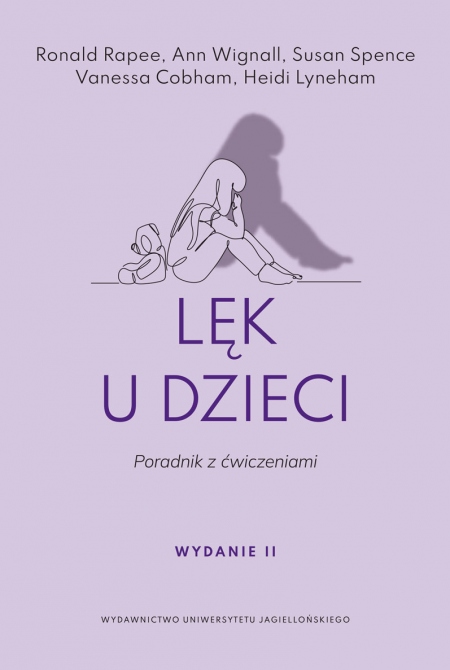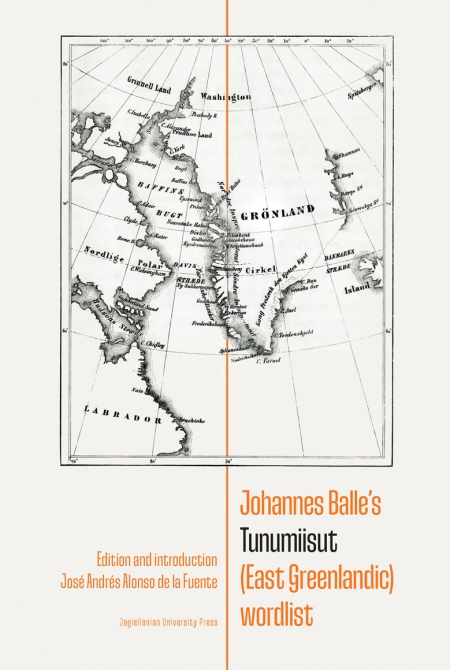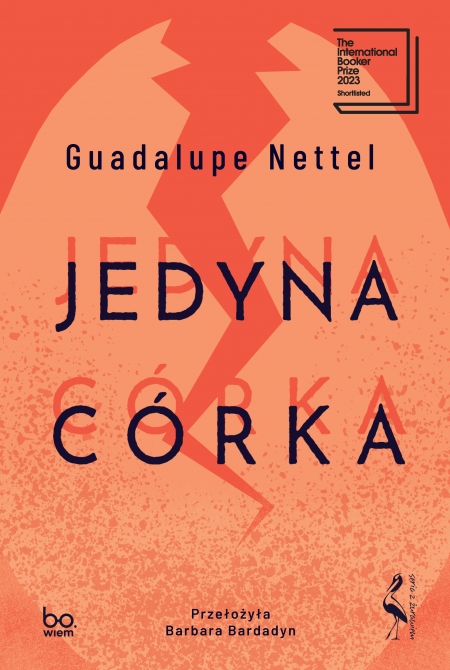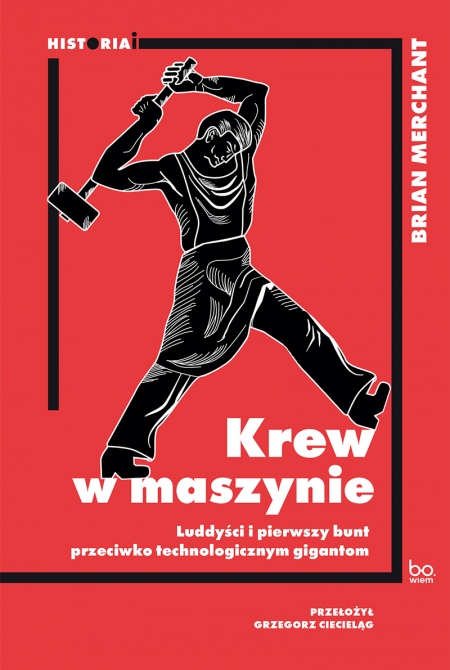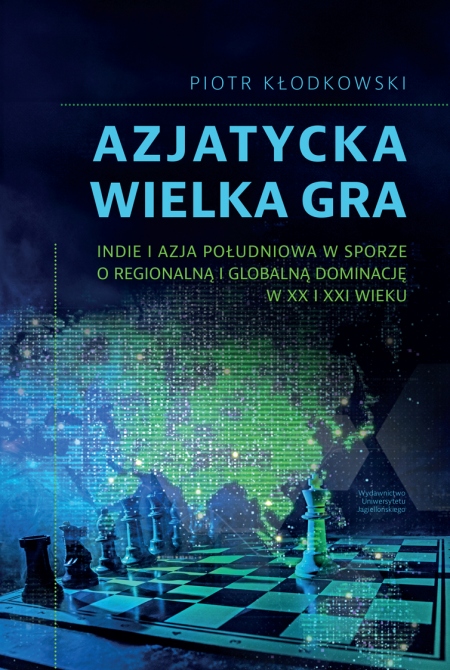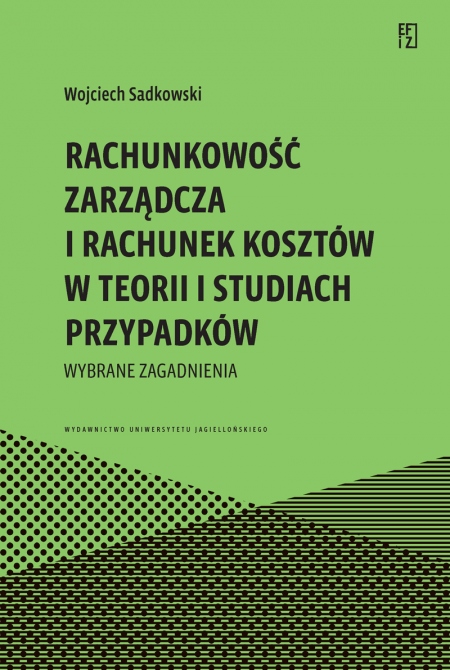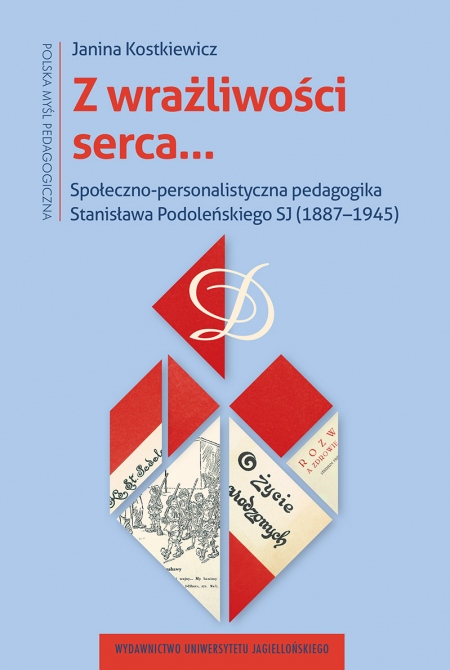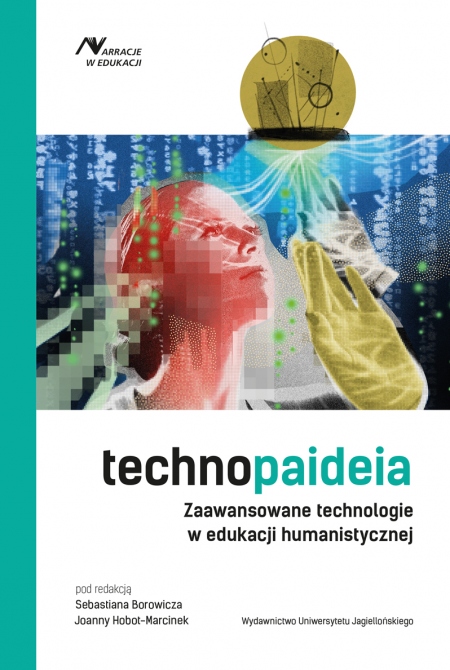
Technopaideia
Zaawansowane technologie w edukacji humanistycznej
Edited by: Sebastian Borowicz, Joanna Hobot-Marcinek
Series: Narracje w Edukacji
Pages: 412
Book format: 15,8x23,5 cm
Publication date: 2024
Publication date: 25.09.2024
Book description
The result of interdisciplinary collaboration of specialists in the field of humanities, who consider the technologisation of education as one of the key challenges of modern times, took the shape of a book titled: Technopaideia. Advanced Technologies in Humanistic Education. The research leading to this publication was conducted at the Centre for Multimodal Educational and Cultural Research at the Jagiellonian University. The book explores the role of multimodality and the impact of advanced technologies and digital environments on school and academic didactics. The authors: philosophers, cultural and literary scholars, media experts, art historians, critics and artists not only offer diagnosis of the current state of research on the use of increasingly sophisticated technological tools, but also endeavour to create a multimodal module for a novel cultural education. This module will serve as a crucial bridge between the realms of technoscience and humanitas, preventing the latter from becoming overly scientific. The term technopaideia, developed at the OMBEiK, is a central concept in the proposed educational model. One element of the term emphasises the importance of techne, the reflective and non-intrusive integration of advanced technologies and elements of the STEM model into the teaching of humanities subjects. Other aspect goes beyond traditional education, as paideia in this approach involves introducing individuals to a new community and social dynamics. It fosters interaction in the spirit of solidarity, skillful sharing and the use of knowledge drawn from different disciplines. Such a multimodal, multi-perspective humanities education combines a performative approach with theoretical reflection fitted in the cognitive framework inherent in the humanities, characterised by criticality and interpretation. The approach enables students to expand their traditional interpretive skills to include multimodality, polysensitivity, agency and embodied thinking. These elements are particularly relevant to contemporary literature and art, which involve acts of kinesthetics and spatiality. Finally, the proposed education model aims to build a transversal mindset capable of navigating seamlessly between different modalities, disciplines and discourses. Its goal is to break down the barriers that separate science and art, making it possible for individuals to exist consciously and critically in various worlds and technoworlds.
Language
Polish
Title in English
Technopaideia: Advanced Technologies in Humanities Education
Edition
first
Edited by
Sebastian Borowicz
 , Joanna Hobot-Marcinek
, Joanna Hobot-Marcinek

ISBN: 978-83-233-5384-3
e-ISBN (pdf): 978-83-233-7568-5
Country of producer: Poland
RECOMMENDED BOOKS
105.00
zł
84.00
zł
NEW BOOKS

Technopaideia
Zaawansowane technologie w edukacji humanistycznej
Technopaideia
Zaawansowane technologie w edukacji humanistycznej
Choose chapters to buy:
Order value:
0.00 zł
